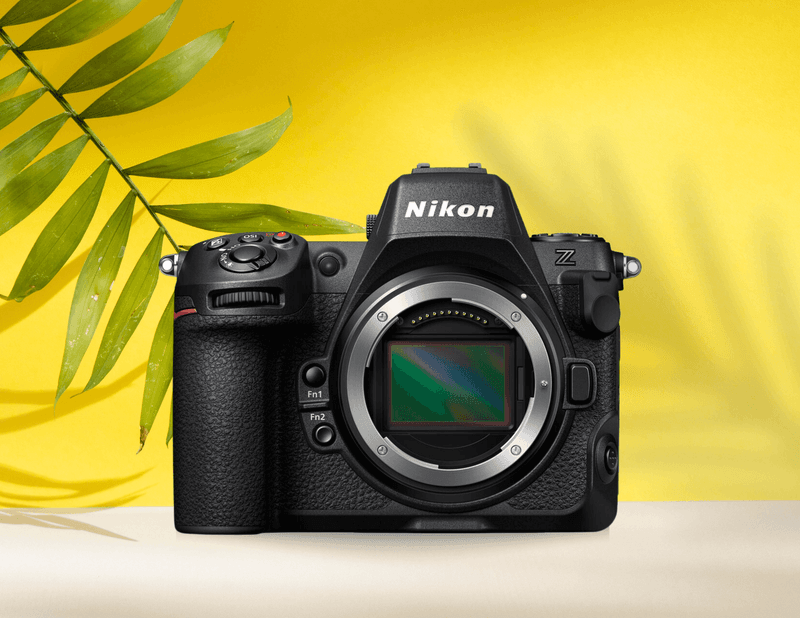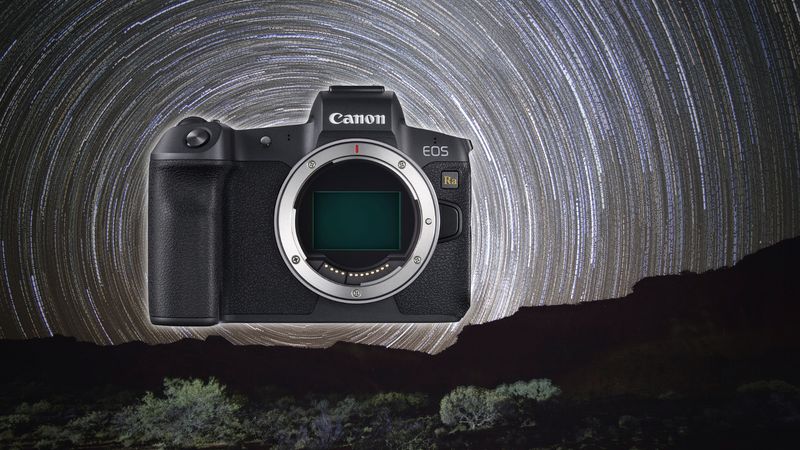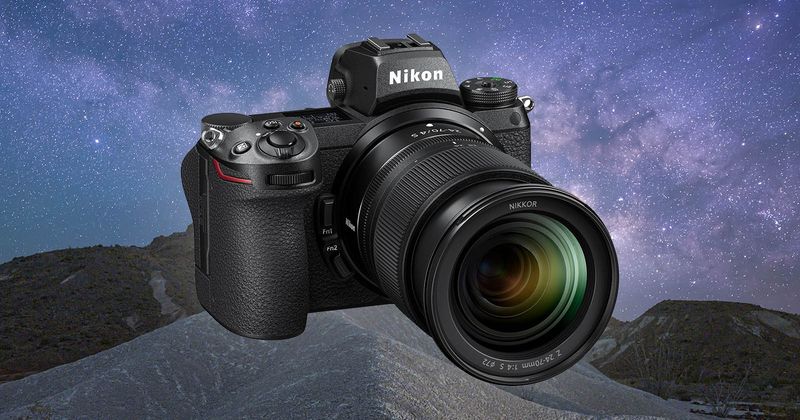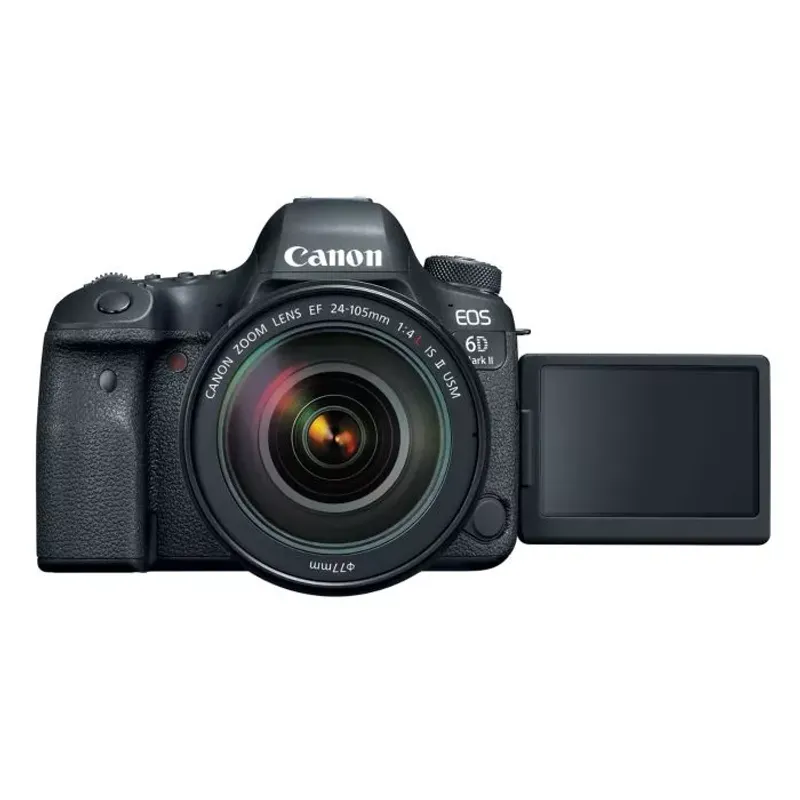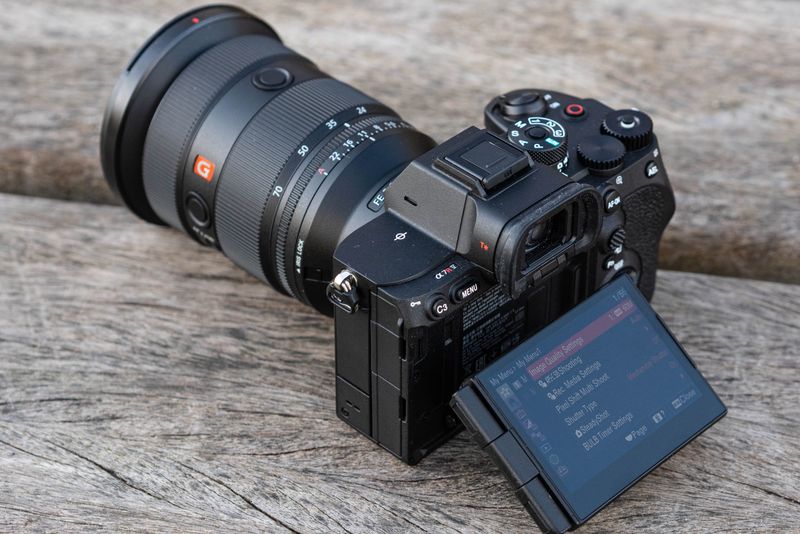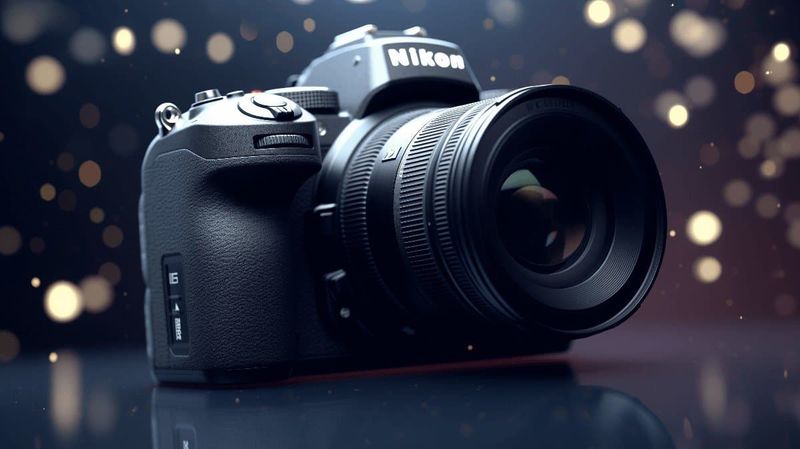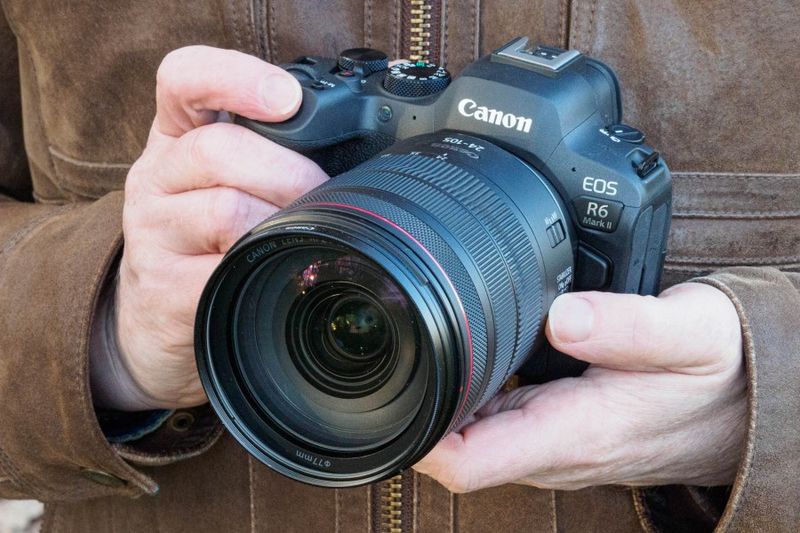Chasing the Milky Way in 2025 has never been more rewarding, thanks to sensors that sip starlight and deliver extraordinary detail. Whether you’re planning a dark-sky road trip or stacking hours of nebula exposures at home, the right camera can transform your results overnight. We tested and researched options praised by pros and trusted publications to find the best tools for clean, colorful, and sharp night skies. Dive in to discover which body fits your style, budget, and celestial ambitions.
1. Nikon Z8
The Nikon Z8 shines for night-sky shooters who demand clean files and flexible workflow. Highlighted by LiveScience for its night-sky capabilities, it pairs excellent ISO performance with a very clean noise profile praised by Space. The stacked sensor offers quick readout that helps minimize star trailing with shorter exposures. You also get robust build quality, intuitive controls, and excellent lens support. Its dynamic range preserves faint dust lanes and subtle Milky Way gradations. With advanced subject-focused tools and great ergonomics, the Z8 feels dependable in the field. Expect crisp stars, smooth tonal transitions, and impressive color fidelity after stacking.
2. Sony A7S III
The Sony A7S III is a low-light legend, praised by Live Science for its outstanding high-ISO capabilities and massive usable ISO range. Frequently cited by astrophotographers on Reddit, it delivers extremely clean star fields with minimal speckling. The 12 MP full-frame sensor trades resolution for remarkable sensitivity, ideal for short exposures and time-lapses. Its autofocus and menu responsiveness at night are excellent, and the body handles cold sessions well. Color science provides pleasing nebula hues without heavy correction. Video shooters also benefit from exceptional night footage. For Milky Way landscapes and quick captures, it’s a trusted workhorse.
3. Nikon Z6 III
The Nikon Z6 III balances resolution and sensitivity for versatile night work. Skies & Scopes highlights its Starlight View mode, which helps achieve precise focus on dim stars. The 24.5 MP full-frame sensor is excellent for long exposures and stacking, keeping noise controlled while preserving detail. Its ergonomics and weather sealing excel during chilly nights and dewy sessions. Dynamic range aids in pulling faint galactic dust without banding. The camera’s live view and AF performance in darkness are practical and reliable. With strong lens options and in-camera aids, the Z6 III offers superb value for dark-sky shooters.
4. Canon EOS Ra
The Canon EOS Ra is purpose-built for astrophotography, with a modified IR filter that passes four times more H-alpha light at 656 nm to better reveal nebulae, per Canon Canada. Castle Cameras notes its 30x Live View magnification, which enables pin-sharp manual focus on faint stars. It maintains familiar EOS ergonomics, making all-night sessions comfortable. Color rendition on emission nebulae is vibrant yet natural. Paired with a tracker and fast lens, it captures intricate structures in Orion and the North America Nebula. Its files grade beautifully, supporting long integrations. For deep-sky enthusiasts, the Ra is a specialized gem.
5. Nikon Z7 III
The Nikon Z7 III targets astrophotographers wanting ultra-fine star detail. We3Travel recommends it for night sky photography thanks to its impressive 64 MP resolution that resolves delicate Milky Way filaments. Excellent dynamic range preserves bright stars and shadowed landscapes in a single exposure. While the pixel density demands good technique, the payoff is stunning micro-structure in star clouds. Noise performance is strong for such high resolution, responding well to stacking workflows. The body is sturdy and weather-sealed for remote trips. With accurate colors and refined controls, the Z7 III rewards careful setup with extraordinary celestial clarity.
6. Canon EOS R6 Mark II
The Canon EOS R6 Mark II offers versatile low-light performance without chasing extreme megapixels. We3Travel lists it for strong low-light versatility, helping deliver cleaner high-ISO images. In-body image stabilization assists with composing and short handheld scenes, though a tripod remains best for long star exposures. Its autofocus and menus are quick at night, and color science is pleasing for Milky Way blues and magentas. The sensor handles long exposures with controlled thermal noise, and files respond well to stacking. Ergonomics and battery life suit long sessions. It’s a balanced choice for landscapes and casual deep-sky work.
7. Sony A7R V
The Sony A7R V brings 61 MP of resolution that reveals tiny star details and complex Milky Way structure, as noted by CrazyMos. Despite the pixel count, noise control at high ISO is excellent thanks to its advanced sensor and processing. Precision becomes essential, but the reward is immense detail in panoramas and tracked exposures. Its articulating screen and solid stabilization aid framing and focusing. Color depth helps preserve faint airglow and nebula tones. With proper technique, stars remain pinpoint across the frame. For large prints and intricate mosaics, the A7R V is a powerhouse.
8. Nikon Z6 II
The Nikon Z6 II earns frequent mentions in best astrophotography guides for delivering affordable full-frame quality. Chris Sidoruk Media highlights its low-light prowess and strong value. Long-exposure support and compatibility with fast wide primes make Milky Way landscapes straightforward. The 24 MP sensor balances resolution, clean ISO, and manageable file sizes for stacking. Its reliable autofocus and straightforward controls help during cold, late-night sessions. Weather sealing and battery life are solid. Color rendering feels natural, and RAW files grade smoothly. For newcomers and budget-conscious creators, the Z6 II is a dependable platform for starry success.
9. Canon EOS R6
The Canon EOS R6 offers excellent high-ISO noise handling in a 20 MP package, making night sky work cleaner and simpler. Modern Tech Explorer recommends it for night sky shoots due to its reliable performance and balanced feature set. The robust body and intuitive layout make long tripod sessions comfortable. AF is responsive for framing, while long-exposure noise remains well-controlled. Its files respond nicely to stacking and gentle color grading, preserving delicate airglow. Paired with fast RF or adapted EF lenses, it captures crisp Milky Way scenes. A practical all-rounder for nightscape enthusiasts.
10. Nikon D780
The Nikon D780 remains a compelling DSLR for astrophotography, praised by Amateur Photographer for its low-light capabilities and rugged build. It supports long exposures and interval shooting for star trails and nightscapes. Paired with fast primes or classic manual lenses, it delivers sharp, low-noise results. The optical viewfinder appeals to traditionalists, while live view aids precise focus on bright stars. Battery endurance is excellent for long sessions. Its full-frame sensor provides clean files that stack beautifully. If you prefer a dependable DSLR feel with modern imaging quality, the D780 is a durable and capable night-sky companion.

